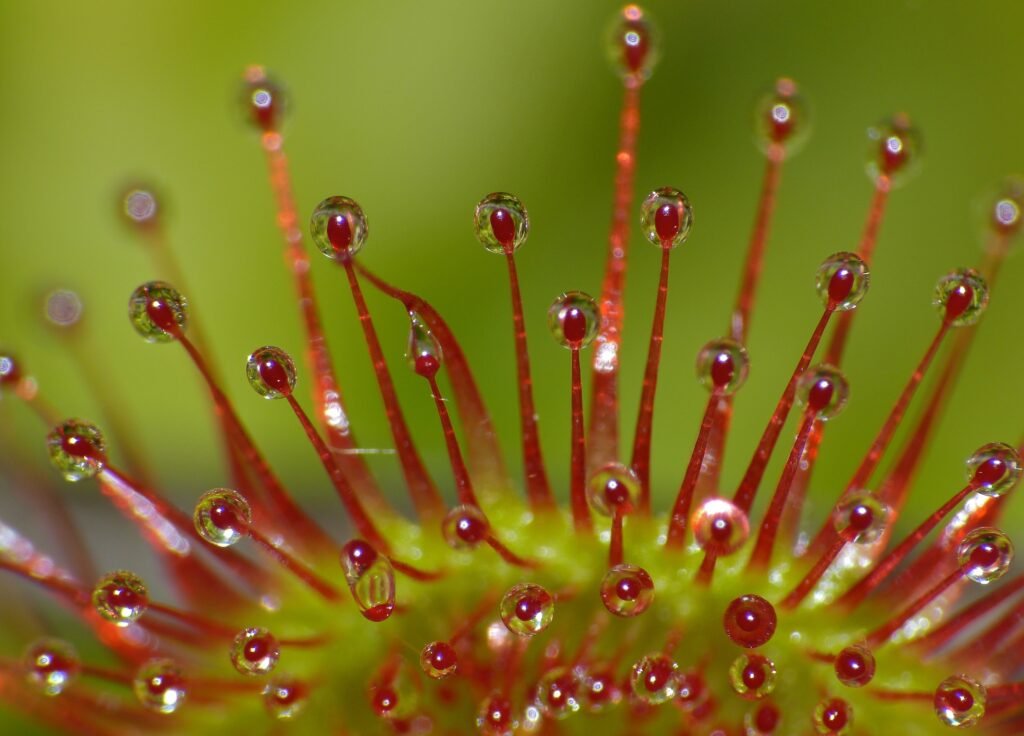Imagine walking through a misty bog, sunlight glinting off mysterious plants that seem to sparkle with morning dew. But don’t be fooled—what glistens on the sundew’s leaves is not water, but a deadly trap. For centuries, these delicate-looking plants have lured, trapped, and digested their prey with a silent but ruthless efficiency. The secret to their success lies in a remarkable biochemical concoction: the sticky, glistening goo that coats their leaves. This is not just a story of survival; it’s a tale of cunning, chemical warfare, and evolutionary genius hidden in plain sight.
The Sundew: Nature’s Deceptive Beauty
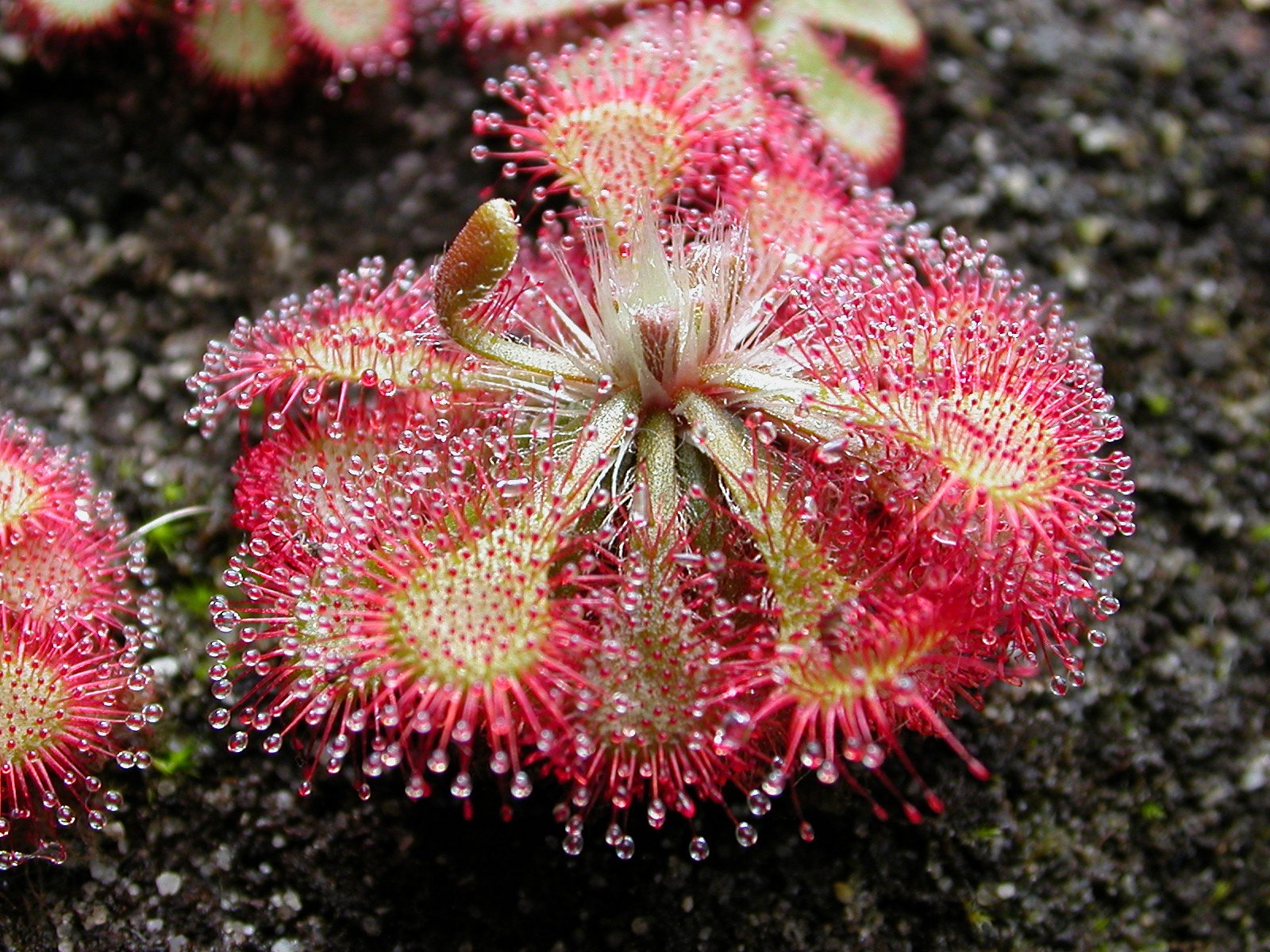
The sundew plant, or Drosera, is a master of disguise in the plant world. Its slender leaves are covered in tiny, hair-like structures tipped with droplets that look like morning dew. These sparkling beads seem harmless, even inviting, but they are actually incredibly sticky traps designed to lure unsuspecting insects. The sundew’s appearance is both a lure and a lethal weapon, showing just how creative nature can be. Many people are surprised to learn that such a beautiful plant is, in fact, a relentless predator. It’s an extraordinary example of how looks can be deceiving in the natural world.
The Evolutionary Arms Race
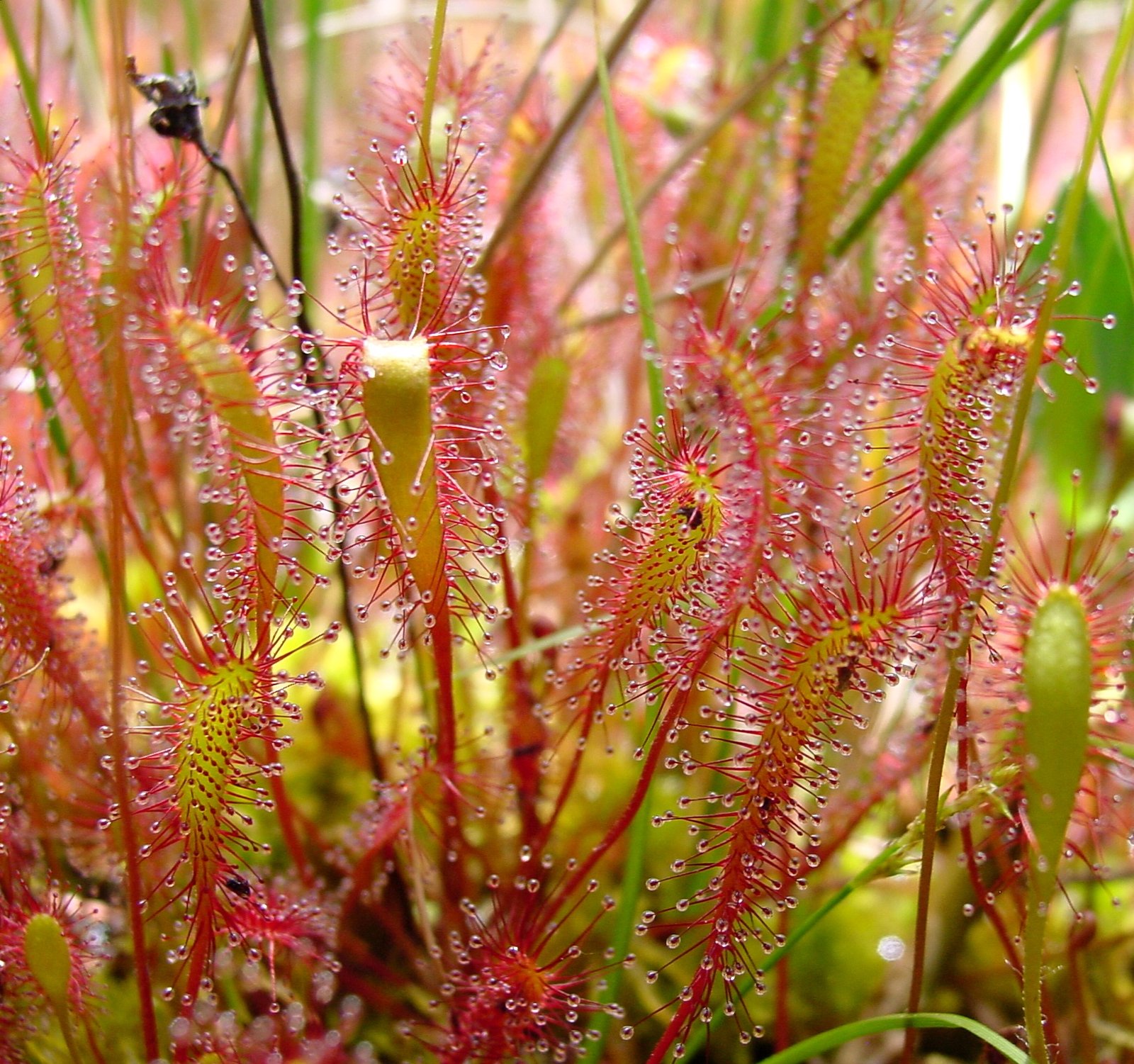
Sundews have evolved over millions of years to perfect their deadly strategy. They developed their sticky secretions as a response to nutrient-poor soils, where traditional forms of sustenance were scarce. Instead of relying on the ground, sundews turned to the sky, catching insects for nourishment. This adaptation is a result of an ongoing evolutionary arms race, where plants and prey continually adapt to outwit each other. The sundew’s goo is not just sticky; it’s packed with enzymes and chemicals designed to immobilize and digest. This evolutionary leap has given sundews a unique niche, allowing them to thrive where other plants would starve.
The Chemistry Behind the Goo
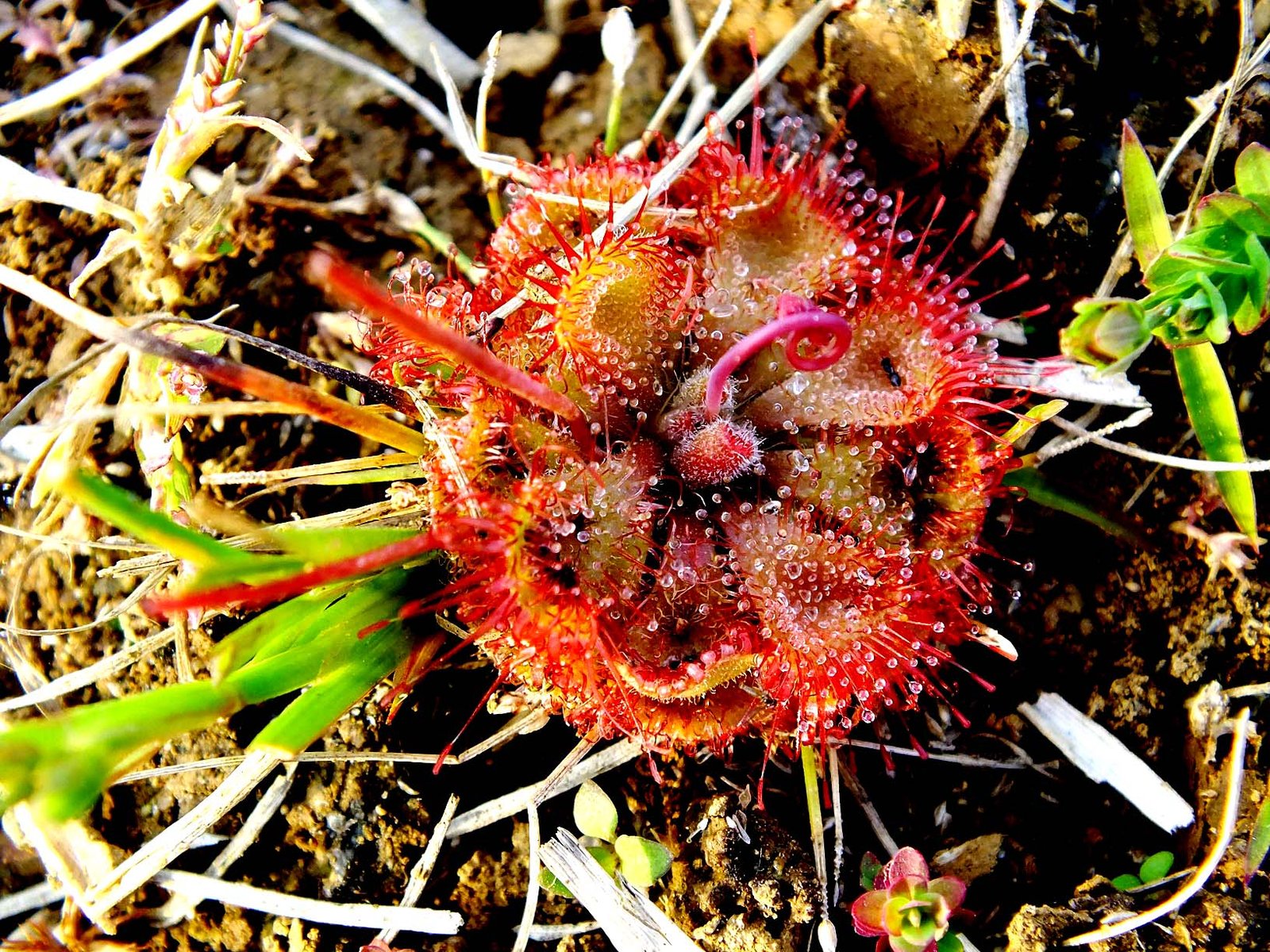
What makes the sundew’s goo so effective? The answer lies in a complex mix of mucilage—an incredibly sticky, sugar-rich substance. This mucilage is composed primarily of water, but it also contains long chains of polysaccharides that make it elastic and clingy. These chains tangle around anything that touches them, much like wet chewing gum. Alongside these sugars, the goo is laced with digestive enzymes that break down the bodies of trapped insects. Scientists have marveled at how this combination of stickiness and chemical potency can be so deadly, yet so elegant in its design.
Deadly Enzymes: Nature’s Tiny Assassins

Once an insect becomes ensnared in the sundew’s goo, a second wave of attack begins. The plant releases powerful enzymes such as proteases, phosphatases, and esterases, which dissolve the prey’s proteins, fats, and other vital molecules. These enzymes function like microscopic assassins, quietly breaking down the insect’s defenses until there is nothing left but nutrients. This process is astonishingly efficient, turning a living, struggling insect into a rich meal in just a matter of hours or days. It’s a silent drama of life and death, played out on a tiny, glistening stage.
The Mechanics of Trapping
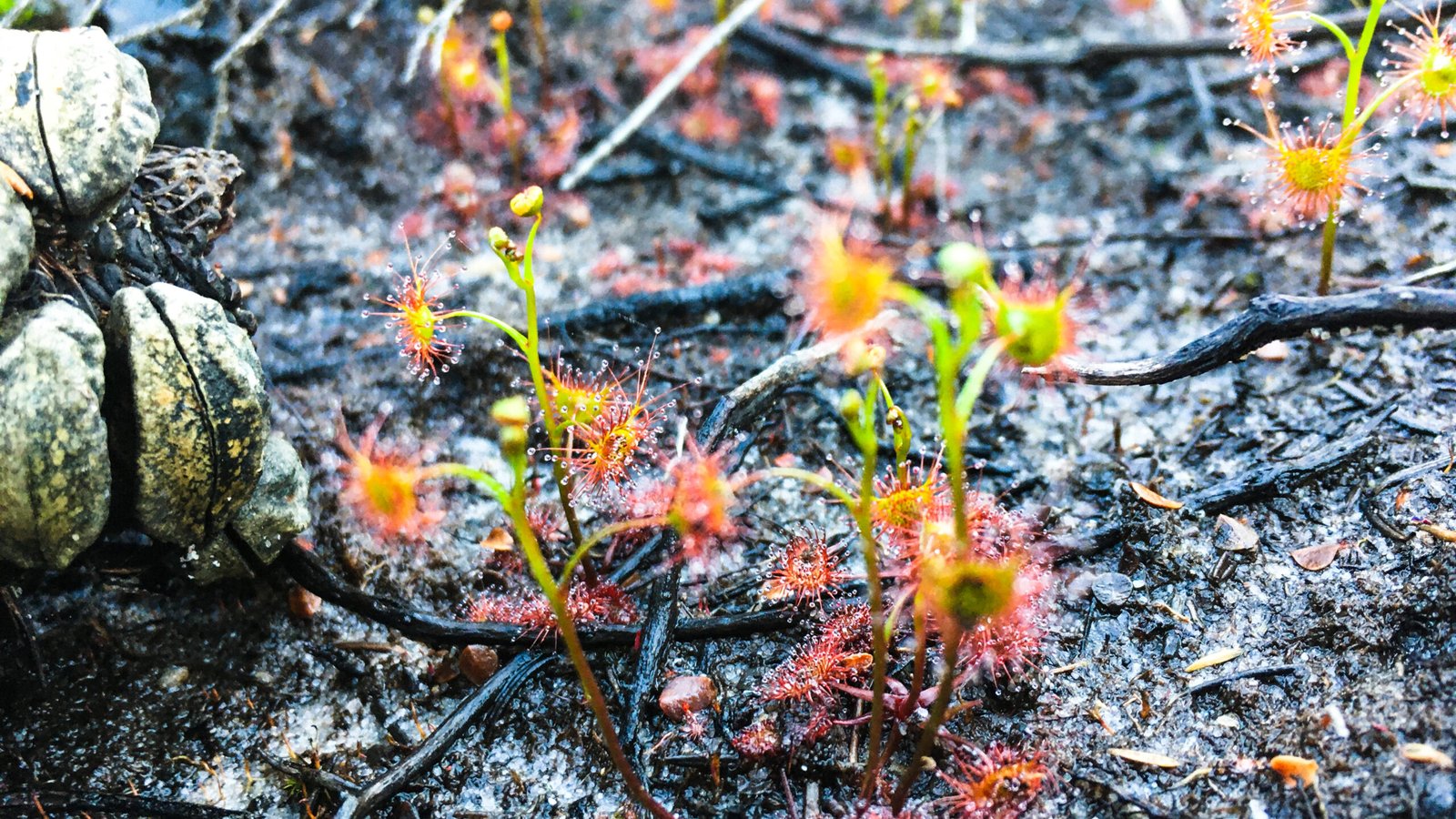
The sundew’s trapping mechanism is both simple and ingenious. When an insect lands on a leaf, it becomes stuck in the mucilaginous droplets and struggles to escape. This movement triggers the sundew’s tentacles to bend, slowly curling around the prey. The more the insect fights, the more entangled it becomes, ensuring that escape is almost impossible. The plant’s tentacles can even move toward the point of contact, responding to the victim’s struggles. This behavior is a perfect blend of mechanical action and chemical lethality, making the sundew a formidable predator despite its gentle appearance.
Nutrient Absorption: Turning Prey Into Food
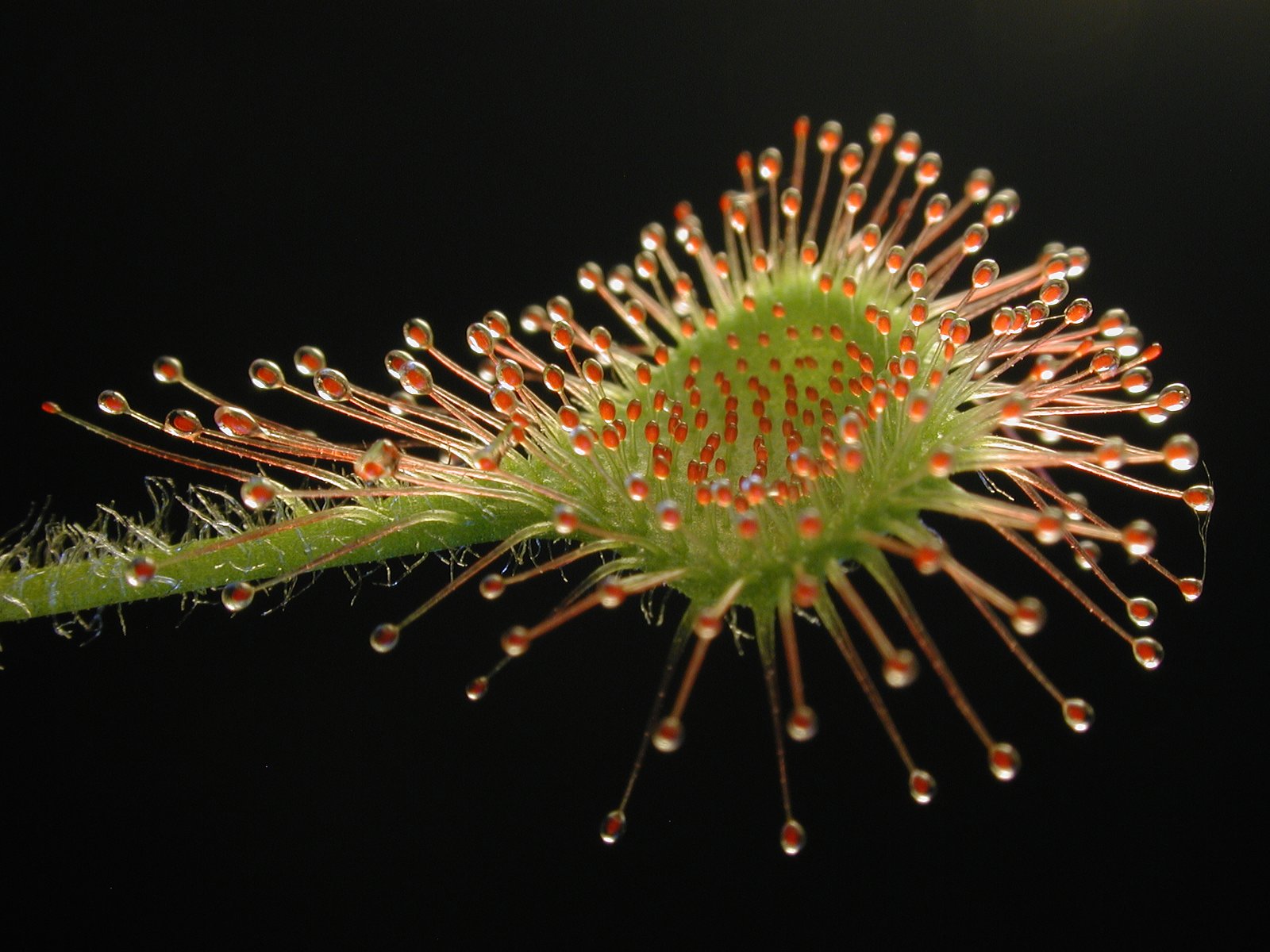
After the sundew’s enzymes have done their work, what remains of the insect is a soup of nutrients. The plant absorbs these nutrients directly through its leaf surface, bypassing the need for traditional roots. Nitrogen, phosphorus, and other vital elements are taken up, fueling the sundew’s growth and allowing it to flourish in otherwise inhospitable environments. This method of feeding is both efficient and highly effective, enabling the sundew to survive where other plants wither. It’s a brilliant example of nature’s resourcefulness and adaptability.
Comparisons to Other Carnivorous Plants
While the sundew’s sticky strategy is unique, it shares the carnivorous niche with other fascinating plants like the Venus flytrap and pitcher plants. Unlike snap traps or pitfall traps, sundews rely on their gooey mucilage as both a trap and a digestive fluid. This method is less dramatic but just as deadly, working slowly and methodically. Each carnivorous plant has evolved its own biochemical weapons, but the sundew’s approach stands out for its combination of subtlety and stickiness. It’s a reminder that there are many ways to be a killer in the plant kingdom.
Ecological Role and Impact
Sundews play a surprisingly important role in their ecosystems. By controlling insect populations, they help maintain a delicate balance in wetland habitats. Their presence supports a web of life, from the insects they consume to the larger animals that benefit from reduced pest numbers. Sundews also contribute to the cycling of nutrients in poor soils, making them key players in their environment. Their unique lifestyle has ripple effects throughout their ecosystem, showing that even the smallest plants can have a big impact.
Human Fascination and Research
The sundew has captivated scientists and nature lovers for centuries. Charles Darwin himself was enamored with these plants, calling them “the most wonderful plants in the world.” Modern researchers continue to study sundew biochemistry in hopes of uncovering new enzymes, adhesives, and even medical applications. The sticky mucilage has inspired the development of new glues and wound dressings, showing how nature’s designs can lead to innovation. The sundew’s deadly goo is more than just a curiosity—it’s a source of awe and inspiration for those who seek to understand the wonders of life.
The Future of Sticky Science
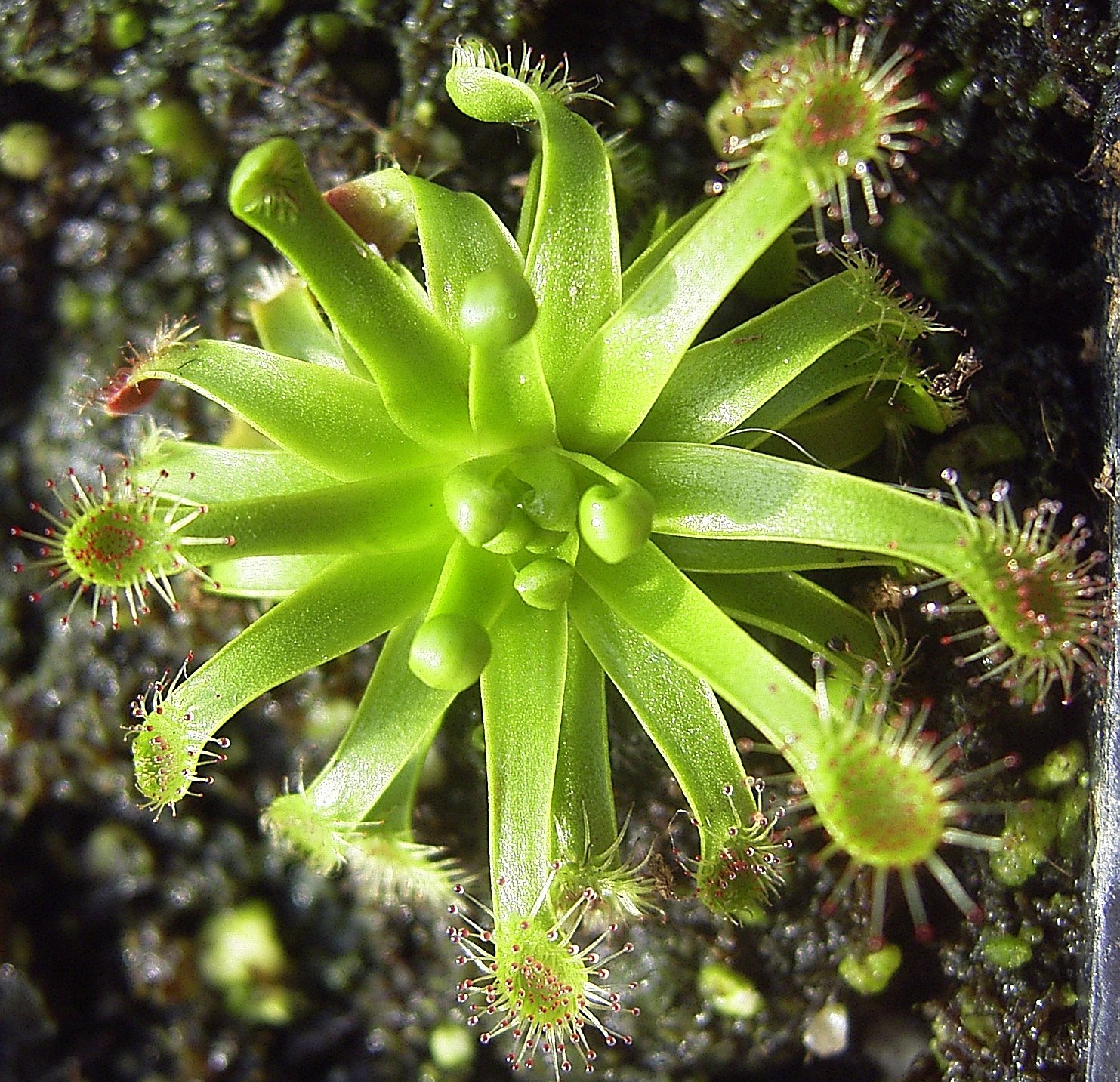
As technology advances, the secrets of the sundew’s goo are slowly being unraveled. Scientists are decoding the genes and proteins behind its stickiness, opening the door to new discoveries in biotechnology and medicine. The sundew’s humble leaf may hold solutions to problems we haven’t even imagined yet. Its story is a testament to the power of curiosity and the endless surprises nature holds. The next time you see a glistening sundew, remember: behind that beauty lies a world of sticky science, waiting to be explored.

